#afro brazilian religions
Text



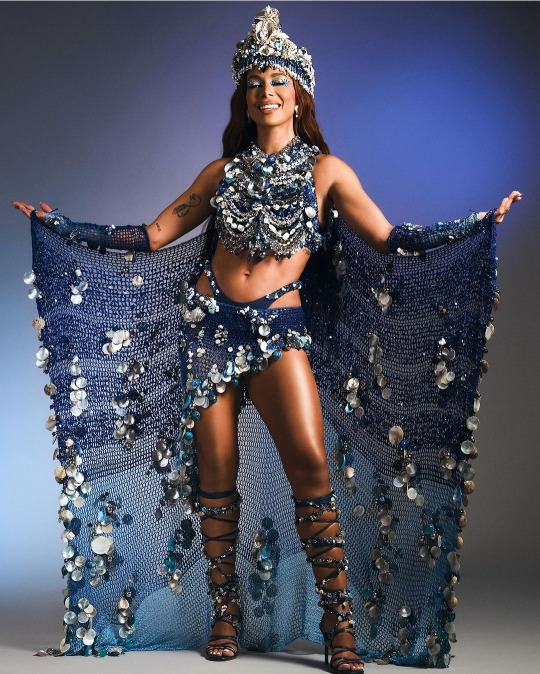
Brazilian singer Anitta dressed with a Yemanjá-themed costume for 2024 Carnaval in Salvador, Bahia. 🤍🌊
10 notes
·
View notes
Text
a chill runs through my spine each time i remember the one natlan character we know of so far is named iansan (possible reference to a deity from an afro-brazilian religion)
#😭😭😭😭anything but the afro-brazilian religions i dont think i could handle that#according to what i know (which isnt a lot. im an extremely raised catholic girlie) she looks over storms and has ties to war?#which does seem in theme w the nation of war i suppose#the genshin writers are capable of doing basic research its just they always manage to make it so very racist in the end#its genshin impact.. i shiver whenever i think of whatever the hell theyre gonna do w natlan#but oh well it's so far away anyways. i probably wont be into the game anymore and therefore it won't be my problem#anyways#is this a complaining tag moment.. maybe#my posts
26 notes
·
View notes
Text

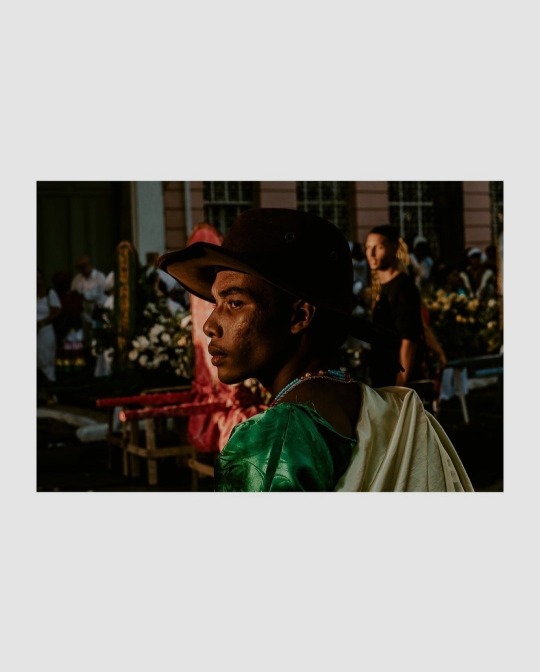




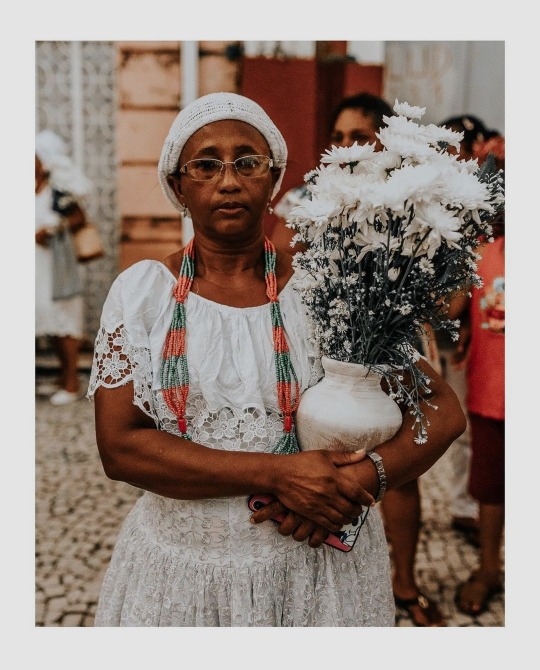

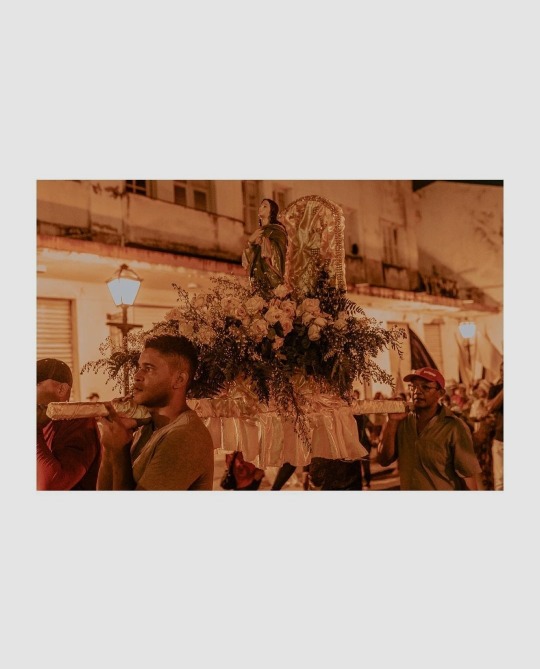
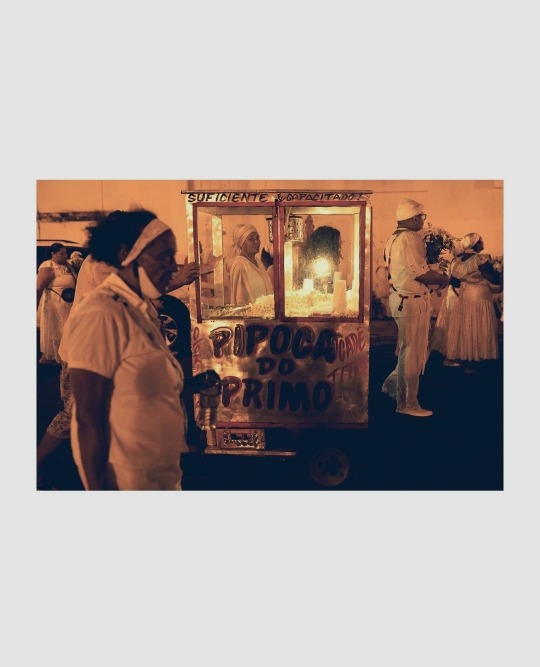
Procissão dos Orixás, São Luís do Maranhão.
#jasmineiros#brasil#brazil#afrolatino#afrobrazilian#afrobrasil#afro latino representation#afrolatina#brazilian women#brazilian culture#folklore#brazilian folklore#nordeste brasileiro#nordeste#candomble#brazilian candomblé#african religion#latinoamerica#latin america#photography
84 notes
·
View notes
Text
𝔊𝔞𝔫𝔤𝔯𝔢𝔫𝔞 𝔊𝔞𝔰𝔬𝔰𝔞 - 𝔐𝔞𝔱𝔬𝔲 𝔞 𝔊𝔞𝔩𝔦𝔫𝔥𝔞 𝔢 𝔉𝔬𝔦 𝔄𝔬 ℭ𝔦𝔫𝔢𝔪𝔞
#Gangrena Gasosa#Smells Like a Tenda Spirita#Matou a Galinha e Foi Ao Cinema#Release date:#2000#Full-length#Genre:#Thrash Metal/Crossover#Themes:#Afro-Brazilian religions#Folklore#Humour#Brazil
3 notes
·
View notes
Text
I LOVE when I'm reading a fic about the Three Caballeros and they make Zé be from Bahia. It's just too funny. His surname is lit "from Rio de Janeiro" but for some reason some american writers make him be from Bahia and it amuses me soo much.
That being said a tip for pleople who want to integrate the Bahia onto Zé: there was a lot of migrations of people from brazilian northwest (for a long time mostly rural) to brazilian southwest (full of industrialized cities), people looking for better condicions that mostly were not met.
Bahia is the biggest northwest state and Rio is the second biggest southwest state. It wouldn't be a shock if Zé grandparents (or even his parents) were from Bahia. It would actually fit well with him having such a connection with the place while saying he never visited it.
#zé carioca#disney ducks#brazilian culture#bahia#rio de janeiro#btw zé is working class#don't you dare write him otherwise#can I saw Scrooge dislike for Donald's latino working class friends is weird#I love Scrooge but it always bothered me they did it in Ducktales#it feels classist if nothing more#also Zé is black latino#the real life sambista he is based on is a black man#and the magic he makes is based in afro brazilian religions#so like as a white brazilian don't make white zé fanarts#new tag: he says donal because of his rio accent
37 notes
·
View notes
Text
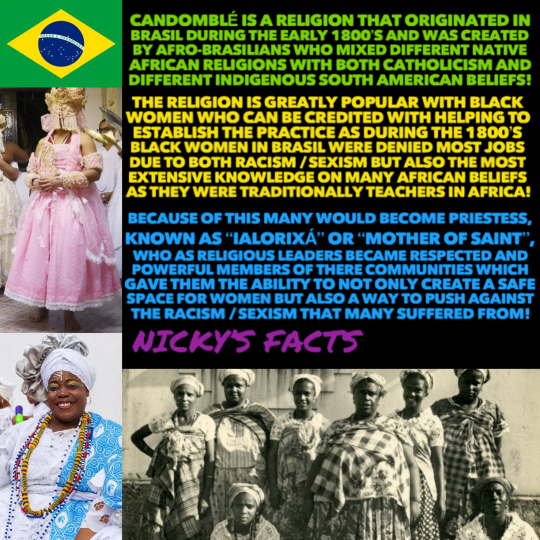
Candomblé is a great example of how traditionalism and feminism aren’t opposing idea!
🇧🇷👳🏾♀️🇧🇷
#history#candomblé#brasil#afro brazilian#religion#womens history#catholiscism#african traditional religions#brasilian history#feminism#black women#black history#indigenous#girl power#racism#sexism#brasilian culture#black girl magic#feminist#priestesses#brazilian women#brazil#brazilian history#powerful women#grl pwr#ialorixá#nickys facts
6 notes
·
View notes
Text
Umbanda - Uma religião afro-brasileira, que bebe de diversas fontes religiosas e espirituais afim de praticar caridade e receber Axé. O nome “Umbanda” representa a unificação de diversas bandas, ou seja, de diversas crenças e práticas espirituais. Não existe uma doutrina Umbanda, cada casa tem os próprios fundamentos. As imagens abaixo foram retiradas do Pinterest e não pertecem a mim. Se você tem o direito da imagem, posso deletar o post ou te dar os devidos créditos.
Umbanda - An Afro-Brazilian religion that blends many different religious and spiritual beliefs in order to practice charity and receive Axé. The name 'Umbanda' is the union of two Portuguese words, which are 'Um,' meaning 'one,' and 'banda,' which means 'band'; in other words, the unification of spirituality. There is no single doctrine of Umbanda; every 'casa' (house) has its own principles. The images below were taken from Pinterest and do not belong to me. If you own the image rights, I can take down the post or give you credit.
- Siter
01/04/2024
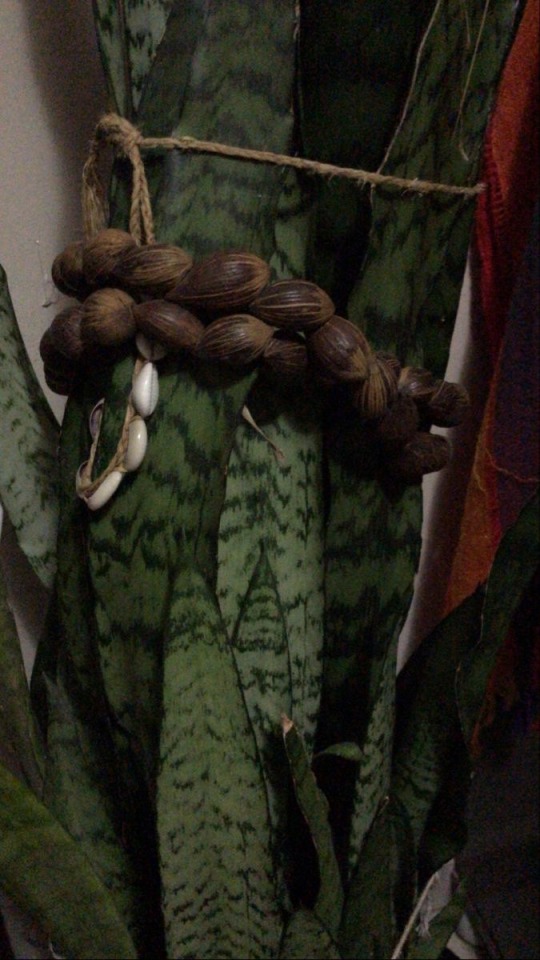

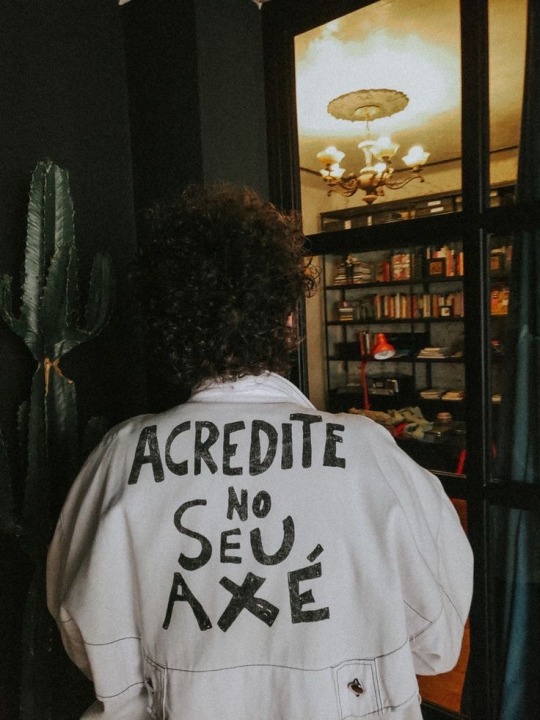
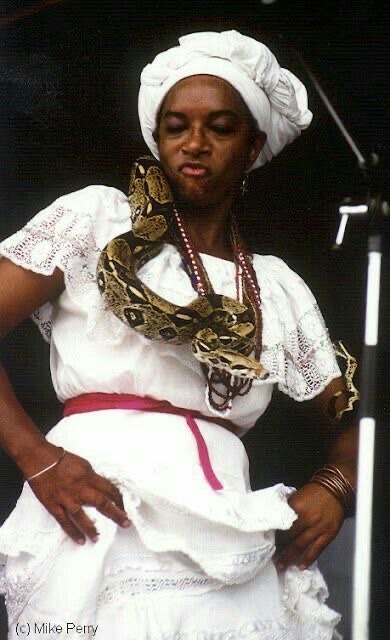

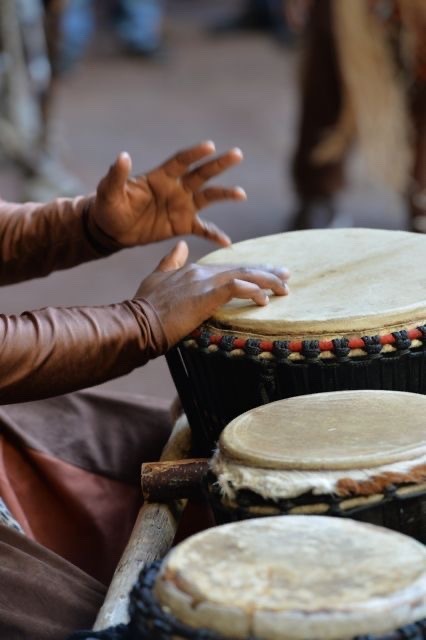
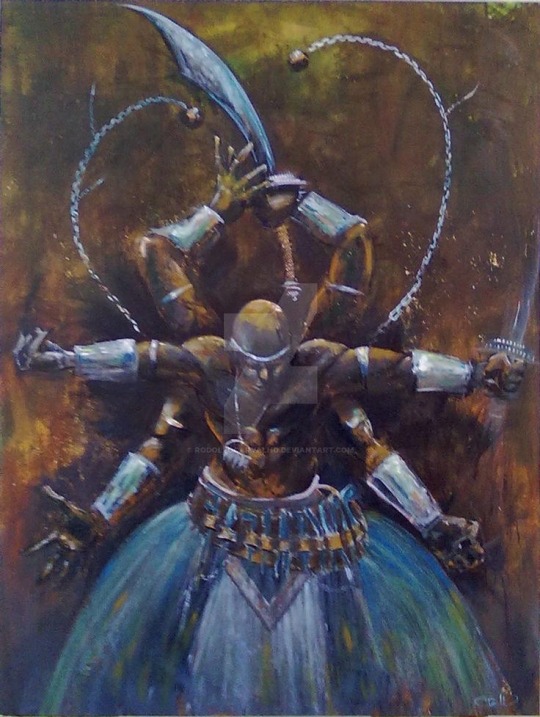
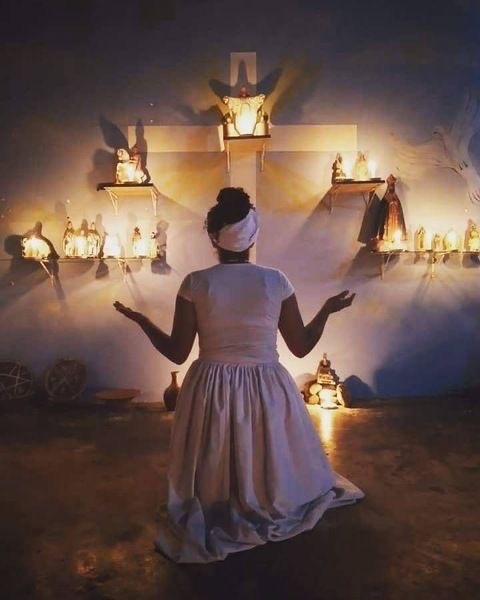
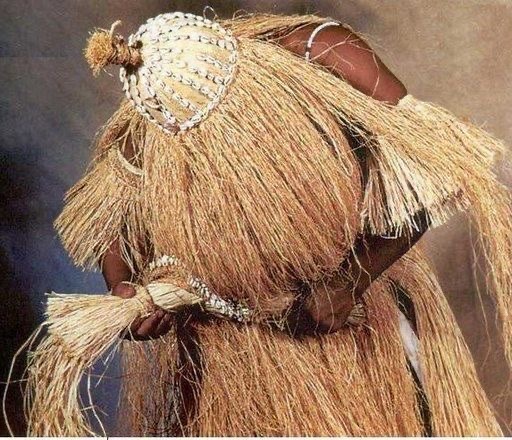
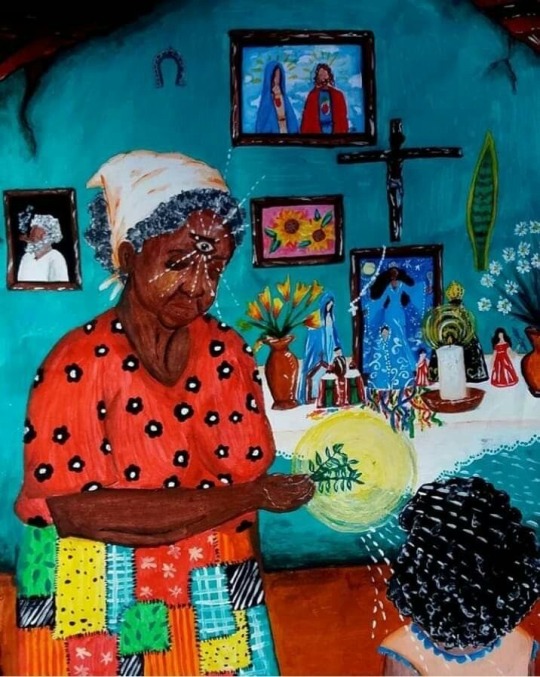
#paganism#espritual#brazil#brasil#umbanda#candomble#afro#afro brazilian#religion#black people#magic#axe#portuguese#português#orixa
1 note
·
View note
Text
I told my mom magic isn't real and she threatened to disown me
#yes her mom was a witch#i'm literally the grandchild of the witch they didn't burn#but i don't think witch is the proper name#might be kind of racist actually#afro brazilian religion#is what it is#but my mom is agnostic and likes to call it magic and call herself a witch because why not#anyway#witch#witchblr#magic#witchcraft
0 notes
Text
Please pray for the conversion of my sister Adriele. She's currently attending a witchcraft "temple"(we call them "terreiro" in my country. It's from afro-brazilian religions where they worship '"orixás"), and consulting with spirits there. My family is worried sick. She's dating a man from this religion and he's been influencing her.
God bless everyone here!
165 notes
·
View notes
Text
Velma by Me!
A question for the Desi Scooby Fans
Hi guys! In my quest to rewrite the horror show that was HBO Velma, I decide to also redesign the characters, making some changes, mostly to their wardrobe, sometimes to their appearance. I will be keeping the changes in ethnicities while adding accordingly to the demands (my demands. I’m the one demanding) like making Shaggy Afro-Brazilian.
Now this brings me to my current query:
Is this design correct for Velma

I wanted to bring more influence from India into her design, but I’m also not Desi myself (I’m Brazilian) and India is a very big place with vastly different habits and traditions depending on where you are. Being half American would also add in ways I can’t even fathom.
If you guys could send me information (or direct me to somewhere where I can learn more) about how a Desi-American Lesbian girl would act, dress in her day to day, also reliable information about what religion she would practice and how it all would shape how she sees, interprets and interacts with the world I would be eternally grateful
Yours Truly,
The Scooby Gang (Gih. That’s me)
#scooby gang#velma by me#velma dinkley#gih asks#velma hbo#hbo velma#desi#desi girl#desi teen#desi culture#India culture#rewrite#desi tumblr
131 notes
·
View notes
Text
The murder of priestess Mãe Bernadete and the rise of the ‘holy war’ against African religions in Brazil
Over the past two years, there has been a 45% increase in attacks fueled by religious intolerance. According to specialists, this is related to the surge of evangelical fundamentalism

Maria Bernadete Pacífico, 72, was an institution in Salvador de Bahía, in northeastern Brazil, where she was known simply as Mãe Bernadete. She was a respected quilombola leader (a community formed by the descendants of slaves who fled their masters) and ialorixá — a priestess of Afro-Brazilian religion Candomblé.
For years, Bernadete had been fighting for the territorial integrity of her quilombo, located on the outskirts of Salvador and coveted by loggers and land speculators. A few weeks ago, two gunmen invaded her terreiro — the sacred place where ceremonies are held — and shot her dead. Six years earlier, her son was killed. Investigators have pointed to the agrarian conflict as the main cause of the murder, but haven’t ruled out religious motives.
Crimes due to religious intolerance have grown in Brazil in recent years. According to the most recent data from the Ministry of Human Rights, cases have increased by 45% in the last two years. Last year, 113 complaints were filed, although the government acknowledges that this number may be higher, as many of these crimes are still considered to be fights between neighbors. The incumbent government also accuses the previous administration of Jair Bolsonaro (2018-2022) of dismantling the system that facilitated these types of complaints.
The crime of religious intolerance ranges from extreme cases — such as murder or daily assaults — to insults, threats and other types of discrimination for religious reasons. The latter offenses can result in sentences ranging from two to five years in jail. In Brazil, those who suffer the most from religious intolerance are the practitioners of African-based religions, such as Candomblé, Umbanda and Quimbanda.
Continue reading.
#brazil#brazilian politics#politics#antiracism#religion#maria bernadette pacifico#mod nise da silveira#image description in alt
142 notes
·
View notes
Text
youtube
Today, August 11th of 2023 will complete one month my father made his passage. He was a babá, a priest of the Afro-Brazilian religion named Umbanda, where we essentially worship nature and its spirits, powers and deities, mostly called orishas.
My sister is a musician, just like he was and she paid this tribute to him with two traditional ritualistic invocation songs for the Orisha Oshun, the one who assisted him, his Mother.
I will provide the lyrics below, in Yoruba, Brazilian Portuguese and English. If you can give the video a thumbs up or a comment, it would make us both very happy.
We hope you enjoy it and that we were able to bring you some of our culture and religion to you, just like he would want it.
Osun ya mi oh
Osun sole ni fo mi
Elou odô already fun la yo
Jakunan yo ke rê e
Oxum, Mãe das Águas
Oxum está sobre mim
Senhora do rio de peixes felizes
Peixes graciados no caminho de felicidades
Oxum de Osogbô
Oxum Mãe das Águas.
Oshun, Mother of Waters
Oshun is above me
Lady of the Happy Fish River
Fishes graced the way to happiness
Oshun of Osogbo
Oshun Mother of Waters.
Iyê iyê, yêyê ô (Mãe, Mamãe)
Mother, mommy
Iyá Òsun ni ilé (A mãe Òsun está na casa)
Iyá Òsun ni ilé (A mãe Òsun está na casa) 2x
Mother Osun is in the house
Omo ni ilé okán mimo (Os filhos que estão na casa possuem um coração santo)
The children who are in the house have a holy heart.
Iyá tundè Iléshà, Iyá tundè (A mãe retornou para Ileshà, a mãe retornou).
The mother returned to Ileshà, the mother has returned.
Iye ku aabo, omi rê, yèyé o (A mãe é bem vinda, a água é sua, mãe)
The mother is welcome, the water is hers, mother.
Omo ni ilé okán mimo (Os filhos que estão na casa possuem um coração santo)
The children who are in the house have a holy heart
Iye ku aabo ìré o (A mãe é bem-vinda em Ìré)
Iye ku aabo Ijëshà (A mãe é bem-vinda em Ijëshà) 2x
The mother is welcome in Ìré
mother is welcome in Ijëshà
Iyê iyê, yêyê ô (Mãe, Mamãe) 2x
Iyê iyê, yêyê ô (Mother, Mother)
#Youtube#umbanda#african religions#afro brazilian#candomble#oshun#oxum#orisha#orixas#religion#world religions
37 notes
·
View notes
Text
☃️Brazilian traditional looks☃️
A slice of an introdution
--
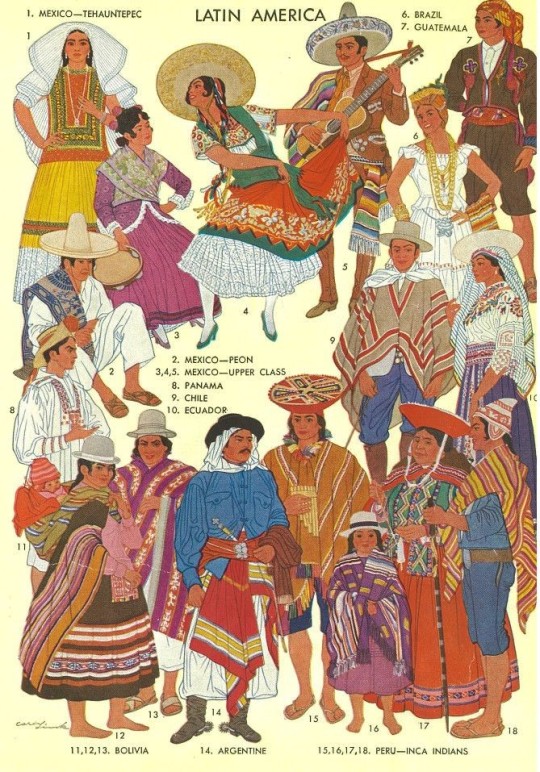
Art by unknown, if you who it is from, please warn me and I'll give the proper credit
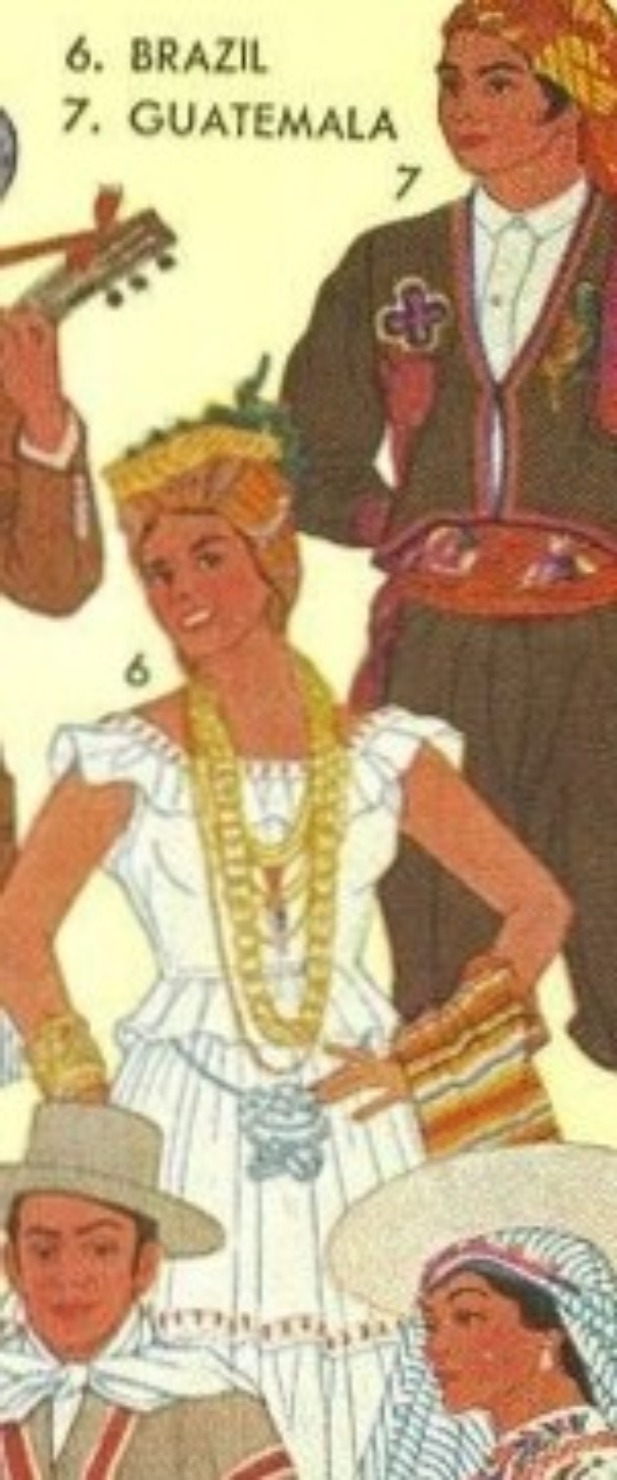
This outfit featured in the drawing is traditional from the North East region, which is the one I'll be rambling about since is the one I know the most
This outfit isn't used for day-to-day and casual ativities, but mostly for special events.
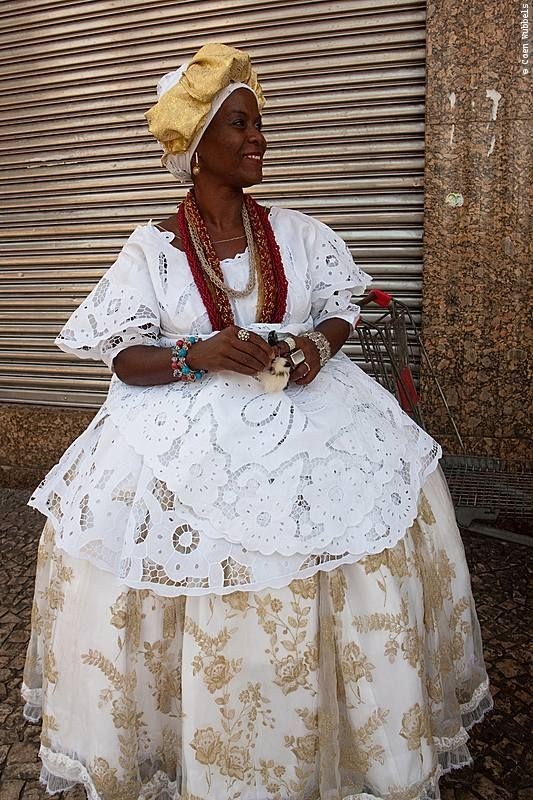
The dress' name is baianinha
Before going into more details, it is important to highlight how the country, and specially the North East part of it were influenced by african culture.
The Africa is a wide and huge continent, full of the most diverse cultures, some of which, due to the diaspora, were bought here.
The Brazilian culture is, fundamentally, a mix of indigen, african and portuguese culture. Our language was a contribuition of the Portugueses, and many of it was also influenced by the Tupi (one of the most spoken indigen languages in the territorry), from which we have many many many words. The enslaved black people bought here also bought their cultures, and that was a big influence for the cuisine, the dances, the kid games and the clothes. We all know what Europe looks like and their culture doesn't differ much so we know what portugueses bought (some influence in the cuisine, the clothes ofc, the dances and stuff).
Dependong of the area of the country you're in, some specifics aspects of the culture may stand out. For some historical reasons (I won't be explaining here becaude it would make this way longer), the european imigrants from Modern Era went mostly to the South, and the black enslaved and no-more-enlaved were concentrated in the North East; the native people (indigenous brazilians) managed to stay in the North, and as so you can see a larger influence of White Culture in South and South East, a larger influence of Black Culture in the North-East, and a larger influence of Indigenous Culture in North.
The baianinha outfit has its roots bonded to afro-origined not only culture, but religions, like the candomblé and ubanda, in which the praticers use similar clothing. In Bahia (North-east), one of the most black influenced states of Brazil, this one is quite of a symbol.
#long post#brazil#baianinha#traditional outfits#brazilian#brazilian culture#latin america#latin culture#south america#other countries#federative republic of brazil#yup. that's the name#not whump#drawing advice#writing advice#kinda?#you can use it as so#i guess#brasil#bahia#african influence#afroamerican culture#indigenous culture
114 notes
·
View notes
Text
Studies and Research Into Endogenic and Non-Disordered Plurality
I've been neglecting my Studies and Research page for a while, so I decided it was about time to bring it back. This time completely reorganized and mobile friendly. (Sort of. A lot of these are still PDFs, so clicking the links isn't mobile friendly. But you can actually reach it on mobile now unlike my old page.)
Blue links are free. Orange are paywalled but Sci-Hub compatible. Red is paywalled and not sci-hub compatible.
Latest Update: 5/12/24 (This post will be continuously updated with more research. If you see this in a reblog, you may not have the newest version. Patch Notes will be at the bottom.)
Papers on The Tulpamancy Community
Varieties of Tulpa Experiences
Book: Hypnosis and meditation: Towards an integrative science of conscious planes
Learning to Discern the Voices of Gods, Spirits, Tulpas, and the Dead
DOI: 10.1093/schbul/sbac005
Tulpas and Mental Health: A Study of Non-Traumagenic Plural Experiences
DOI: 10.12691/rpbs-5-2-1
Unusual experiences and their association with metacognition: investigating ASMR and Tulpamancy
DOI: 10.1080/13546805.2021.1999798
Personality Characteristics of Tulpamancers and Their Tulpas
DOI: 10.31234/osf.io/5t3xk (This is a pre-print and may lack peer review.)
Papers on Other Endogenic/Non-Disordered Plurals
Multiplicity: An Explorative Interview Study on Personal Experiences of People with Multiple Selves
DOI: 10.3389/fpsyg.2017.00938
Exploring the experiences of young people with multiplicity
ISSN: 2057-4266
Exploring the Utility and Personal Relevance of Co-Produced Multiplicity Resources with Young People
DOI: 10.1007/s40653-021-00377-7
Conceptualizing multiplicity spectrum experiences: A systematic review and thematic synthesis
DOI: 10.1002/cpp.2910
It's just a body: A community-based participatory exploration of the experiences and health care needs for transgender plural people
(Note: While most of the paper is paywalled, the introduction is still interesting and worth reading IMO.)
DOI: 10.1016/j.ejtd.2023.100354
Transgender Mental Health (Includes a chapter on Plurality)
Screenshots
ISBN: 978-1-61537-113-6
Papers on Spiritual Plurality and Plural-like Experiences
Can the DSM-5 differentiate between nonpathological possession and dissociative identity disorder? A case study from an Afro- Brazilian religion
DOI: 10.1080/15299732.2015.1103351
The Absorption Hypothesis: Learning to Hear God in Evangelical Christianity
DOI: 10.1111/j.1548-1433.2009.01197.x
Multiple Personality and Channeling
DOI: 10.29046/JJP.009.1.001
Commentary on "Multiple Personality and Channeling"
DOI: 10.29046/JJP.009.2.011
Papers on the Agency of Imaginary Friends
Explaining the Illusion of Independent Agency in Imagined Persons with a Theory of Practice
DOI: 10.1080/09515089.2022.2043265
Investigating Valence and Autonomy in Children's Relationships with Imaginary Companions (Paywalled)
DOI: 10.3233/DEV-130123
The bully in my mind: Investigating children's negative relationships with imaginary companions (Thesis)
https://ir.ua.edu/handle/123456789/1468
‘When my mummy and daddy aren't looking at me when I do my maths she helps me’; Children can be taught to create imaginary companions: An exploratory study
DOI: 10.1002/icd.2390
Imaginary Companions, Inner Speech, and Auditory Verbal Hallucinations: What Are the Relations?
DOI: 10.3389/fpsyg.2019.01665
Maladaptive daydreaming is a dissociative disorder: Supporting evidence and theory.
DOI: 10.4324/9781003057314
Papers on the Agency of Fictional Characters
The Illusion of Independent Agency: Do Adult Fiction Writers Experience Their Characters as Having Minds of Their Own?
DOI: 10.2190/FTG3-Q9T0-7U26-5Q5X
‘I’ve learned I need to treat my characters like people’: Varieties of agency and interaction in Writers’ experiences of their Characters’ Voices
DOI: 10.1016/j.concog.2020.102901
Papers on the Agency of Hallucinations in Psychotic Disorders
A psychotherapy approach to treating hostile voices
DOI: 10.1080/17522439.2016.1247190
Auditory Hallucinations in Dissociative Identity Disorder and Schizophrenia With and Without a Childhood Trauma History (Paywalled)
DOI: 10.1097/NMD.0b013e3181c299ea
The Representation of Agents in Auditory Verbal Hallucinations
DOI: 10.1111/mila.12096
Rethinking Social Cognition in Light of Psychosis: Reciprocal Implications for Cognition and Psychopathology
DOI: 10.1177/216770261667707
Relevant Quotes From Irrelevant Papers
These are papers that largely have nothing to do with endogenic or non-disorder plurality, but include important quotes. These relevant quotes are screenshotted so you don't need to read entire papers for one paragraph.
Non-disordered plurality is mentioned in the International Classification of Diseases. (ICD-11)

Authors of the The Haunted Self and creators of the Theory of Structural Dissociation reference that hypnosis or spiritual practices may result in self-conscious dissociative parts of the personality.
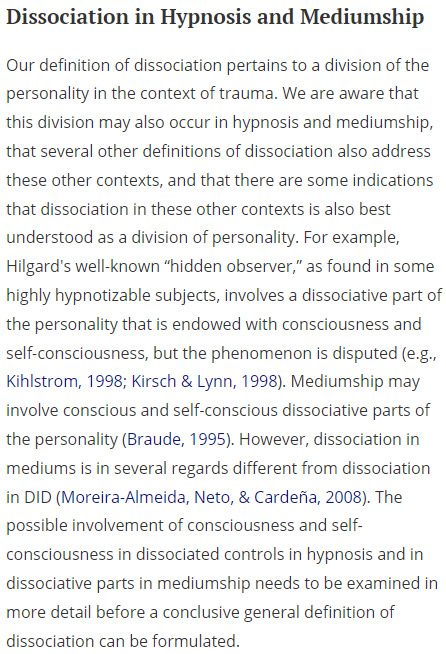
DOI: 10.1080/15299732.2011.570592
Additional Quotes and Articles:
Email Correspondence From Dr. Colin Ross To @/SysmedsAreSexist.
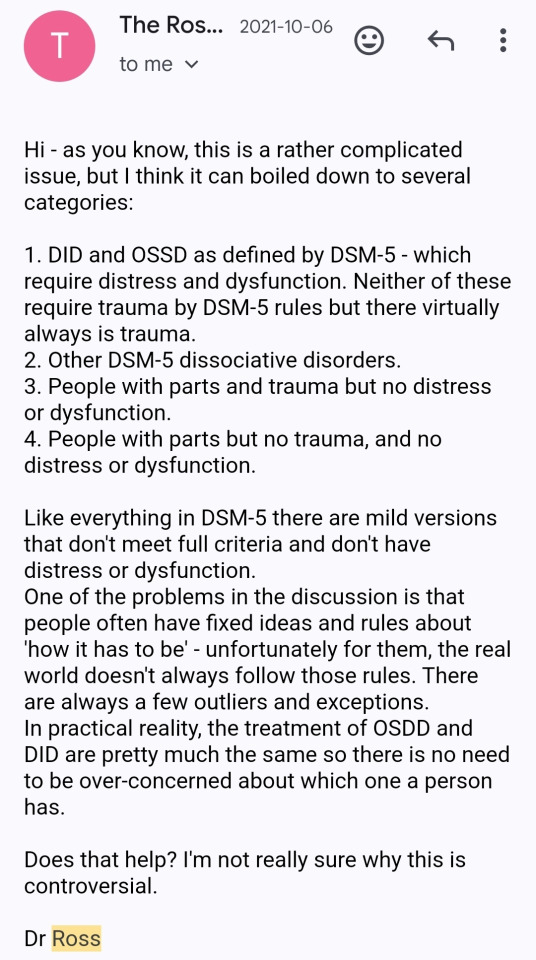
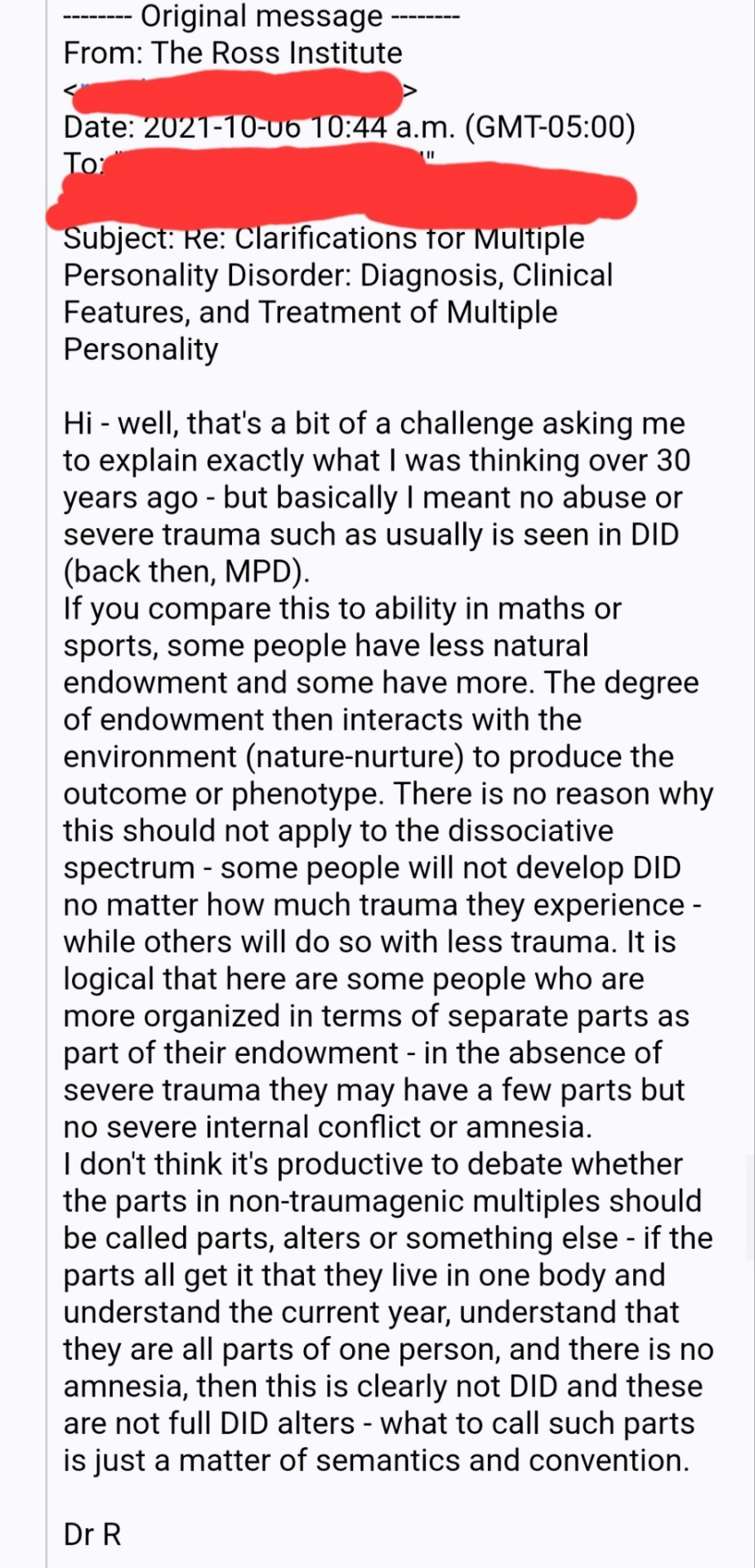
The Mystical, Mind-Sharing Lives of Tulpamancers (Includes Quotes from Samuel Veissiere, Michael Lifshitz and Tanya Luhrmann)
Imaginary Friends: Helpful or Harmful? (Includes quotes on tulpamancy from Dr. Richard Loewenstein.)
...
Patch Notes: 5/12/24:
I've added an "additional quotes and articles" section for sources that lack review, but are still helpful nonetheless. This includes Imaginary Friends: Helpful or Harmful for its quotes from Dr. Loewestein, and The Mystical, Mind-Sharing Lives of Tulpamancers for its quotes from three doctors studying tulpamancy.
I've also added the Colin Ross emails from sysmedsaresexist.
#psychology#psychiatry#syscourse#sysblr#plural#plurality#multiplicity#systems#endogenic#science#pluralgang#plural system#endogenic system#pro endo#actually plural#imaginary friends#system stuff#pro endogenic#tulpa#tulpamancy#actually a system
145 notes
·
View notes
Audio
Gangrena Gasosa - Timbalada de Caveira
#Gangrena Gasosa#Smells like a Tenda Spírita#Timbalada de Caveira#Release date: 2000#Full-length#Genre: Thrash Metal/Crossover#Lyrical themes: Afro-Brazilian Religions Folklore Humour#brazil
3 notes
·
View notes
Text

Yemanjá is one of the most popular ‘orixás’, the deities or spiritual entities from the Afro-Brazilian religion of Candomblé, a syncretic religious fusion which has developed amongst the people brought to Brazil from Western Africa during colonial times. The personage of Yemanjá/Yemaya originally comes from the ancient Yoruba mythology and she is the goddess of the ocean.
26 notes
·
View notes